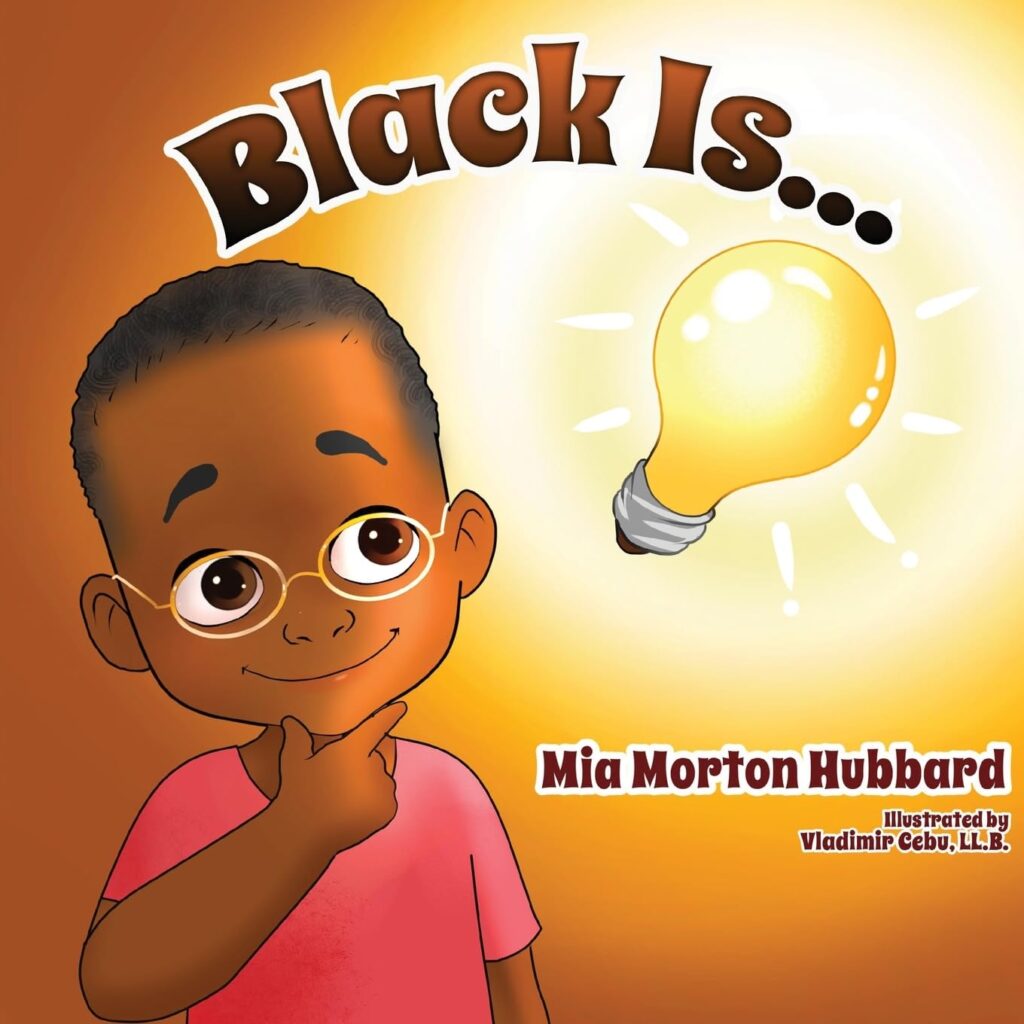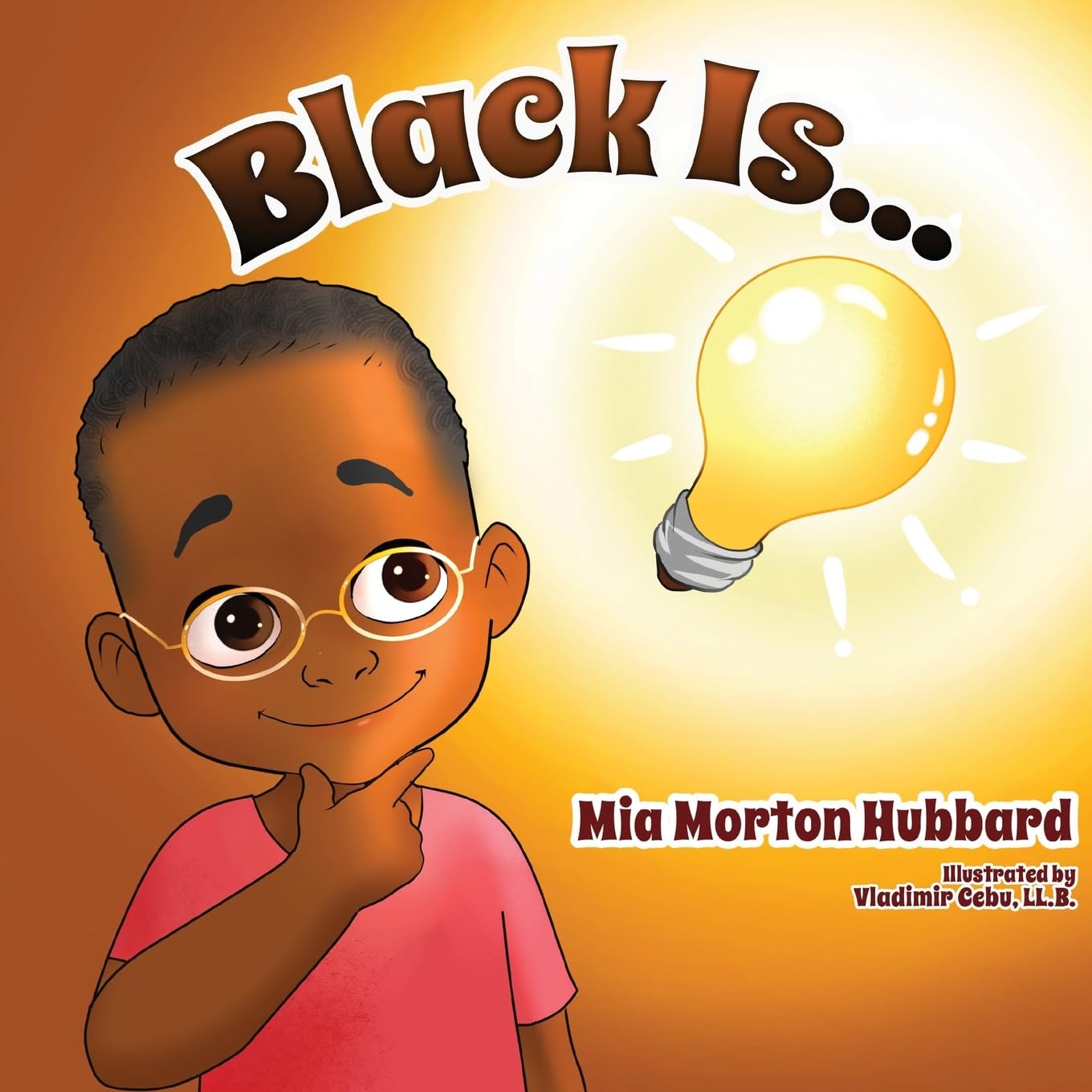In an insightful interview with The Clarion, Mia Morton Hubbard, a communication professor at Sinclair Community College and now a children’s book author, discusses her latest book, “Black Is…”, and her journey to bring this book to life.
“I am a grandmother, a wife, and a procurer of helping people gain self-esteem. I love that I can see something in somebody and help them see it for themselves,” said Hubbard.
Hubbard has been a teacher at Sinclair Community College for eight years, and one of the most rewarding things to her, especially when teaching public speaking courses, is seeing the change her students go through when they start her class. In the end, they realize that their lives could change positively.
“My kids are what inspired me to write this children’s book; I have five children who grew up in a predominantly white school system, and because of that, I could tell that their self-esteem in that environment was low. And sometimes I reflect on it, and I am just like, we should not have done that, but they did have a great education; they still had to deal with the emotional level that came with that every day,” said Hubbard.
Despite knowing how some teachers looked at Black students, Hubbard did not realize how the environment and school impacted them until she volunteered for six years at the elementary school that her children attended and when they told her about it in later years.

Photo Credit: Queen V Publishing
Her presence at her children’s schools greatly impacted how the teachers treated them because they knew she would be there. It made the kids feel good because she was there, but since their skin color stood out, she often had to tell them it was beautiful and that everybody was different. People notice the difference on the outside, but what stands out is what is on the inside.
Hubbard’s new children’s book, “Black is…”, was written twenty years ago. Surprisingly, she put it on the back shelf because of the feedback she received from those with whom she shared her book draft.
“One of the reasons for having a book like this is to help my students, help the community, and help the world to realize that black is beautiful. And whether or not you are a person of color, it offers this increase of good self-esteem, a window for you to see the fascinating amazingness of diversity,” said Hubbard.
Hubbard hopes that children, parents, and all readers will embrace self-acceptance, recognize their unique power, and understand that skin color is an unchangeable, essential part of who they are.
.png/:/cr=t:20.19%25,l:16.55%25,w:62.5%25,h:62.5%25/rs=w:600,h:600,cg:true,m)
Photo Credit: Mia Morton Hubbard
After the first encounter that Hubbard had when she shared her book draft with others during the writing process, she received discouraging feedback; this time around, she decided to only share it with her children and grandchildren. However, she did not hesitate to discuss the book with others before it was published.
“The challenging part about writing for children is you have to make sure that you have the right language, meaning that 0 to 7 years old can process a certain amount of words, so that was challenging to make sure that I had the right wording to grab that audience,” said Hubbard.
Hubbard balanced entertainment and education in her book by presenting the kids on each page differently. The vibrant illustrations in “Black Is…” portray children of various backgrounds, making it easy for young readers to see themselves represented while being educated by the words on each page.
“One of my favorite pages is where it talks about ‘Black is the night and all the stars…,’ and it reminded me of when I was a kid and me, my cousins, and my sisters would run outside and would look at the night sky and look at the stars and collect fireflies, and just run, and just have fun,” said Hubbard.
Her book supports children’s language development or communication skills by helping them communicate who they are, enhance their word choices in explaining who they are, and think about their identity.
“I have watched my grandchildren read the book and how much they just love that the little boy in the book is doing everything they do. One of my other favorites is my publisher and it was essential to represent Black families, showing both a mom and dad,” said Hubbard.
Hubbard also realized that even adults could benefit from this book, especially adults from the African diaspora. Since their ancestors were brought to the United States, low self-esteem seems to have been something that most adults of color inherited from this horrific history. The degradation of it all runs throughout the family, and turning the tide of this history is hard, so this book can help boost their self-esteem.
She also mentions that through this book, both adults of color and those who are not can see through the window of diversity that black is amazing and that what diversity can do is powerful. That is also what she hopes parents will get from the book.
“Yes, I use my book in class to illustrate concepts like identity and self-esteem. I also share the Clarks’ doll test documentary, which shows how children, even children of color, often favor the white doll over the black one,” Hubbard shared. “It’s heartbreaking but essential to discuss so my students see the deep impact of representation.”
Hubbard also said that writing for children has influenced how she instructs her students. She always advises her students to say positive things to the children around them since her students may not know if that is the first time that child is hearing someone praise or speak positively to them.
“My advice for those who want to write children’s books is to write about what you love because it makes it easier when it comes to creating. Write daily, open that notes app, and try to do that. And yes, I see myself writing more books, and I also see myself writing where I can bridge that communication aspect and help kids articulate who they are,” said Hubbard.
Through her book “Black is…”, Hubbard has shown parents and children the power and beauty of variety. Her route shows her passion as an instructor and her desire to instill self-esteem in each young person. Hubbard hopes to improve communication and storytelling in her work by helping children and parents express themselves. According to Hubbard, “Black is…” demonstrates the transformational power of self-recognition in storytelling, inspiring future generations.
Esperance Amuri, Intern


